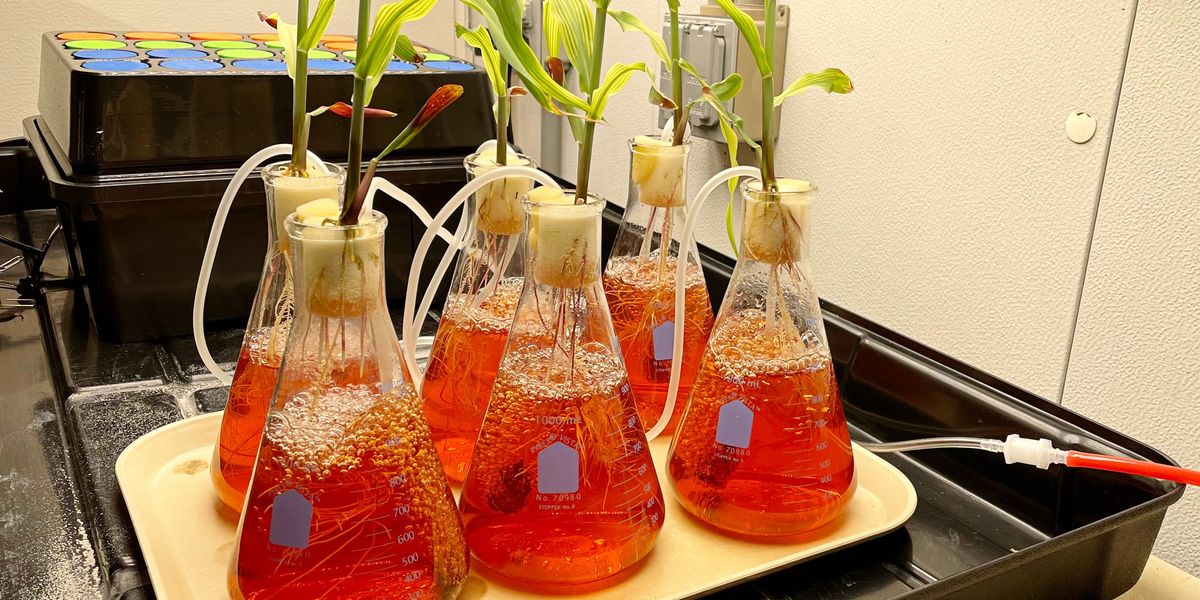This article is part of our exclusive IEEE Journal Watch series in partnership with IEEE Xplore.
As an electrical engineer, James Reynolds didn’t expect to work so closely with plants. But in a way, his ancestral history and his personal history have long been leading him to his ongoing research that leverages bioelectricity to better understand plant health.
Reynolds’ family has farmed land in North Carolina for more than 300 years. He’s a cancer survivor who’s interested in health and giving back to society. And the COVID-19 pandemic gave him plenty of time to closely analyze plants he grew in his grandparents’ basement.
In a forthcoming paper to be published in IEEE Transactions on AgriFood Electronics(TAFE), Reynolds and fellow researchers at North Carolina State University explored how plant tissue’s impeding of electrical current can be monitored to identify plants under stress with relative immediacy—less than an hour, in some cases.
“We’ve done our best in this paper to create a real, applicable measurement that adds a new dimension to the picture of what’s going on with a plant,” says Reynolds, who is a postdoctoral research scholar at NC State’s iBionicS Lab and first author of the paper. “Our goal is to give more tools to plant biologists, [Internet of Things] makers, and anyone else involved in smart farming or concerned with plants.”
Continuous, real-time monitoring of plant stress could make it possible to slow or prevent crop damage before plants die—and so the potential applications in smart farming and precision agriculture are varied.
This information could, for example, make it simpler for plant phenotyping researchers to compare how different plants respond to water shortages, helping those researchers develop drought-tolerant crops. Farmers could assess a plant’s water status directly—rather than relying on indirect measurements like soil moisture level or lagging indicators like yellowing leaves—and shift watering schedules for greater crop yield.
Creating a Stress Monitor for Plants
Bioimpedance, which measures how living tissues respond to an alternating current or voltage, is already used in clinical tools to assess various physiological markers in the human body. Plant bioimpedance is a more nascent study, but it’s no less useful: The electrical conductivity of a plant is similarly affected by factors including the plant’s water content.
So by applying a current to a plant and measuring the resulting voltage, and then calculating the impedance (voltage divided by current), researchers can assess whether a plant has a healthy level of hydration. When water levels in a plant are lower, so is the ion concentration—meaning the resistance, and therefore the bioimpedance levels, will be higher.
James Reynolds first noticed the correlation between biompedance and water movement while studying palm plants.North Carolina State University
In this new work, the researchers focused on corn and…
Read full article: Stress Monitors for Plants Can Spot Dehydration

The post “Stress Monitors for Plants Can Spot Dehydration” by Julianne Pepitone was published on 12/11/2023 by spectrum.ieee.org




































